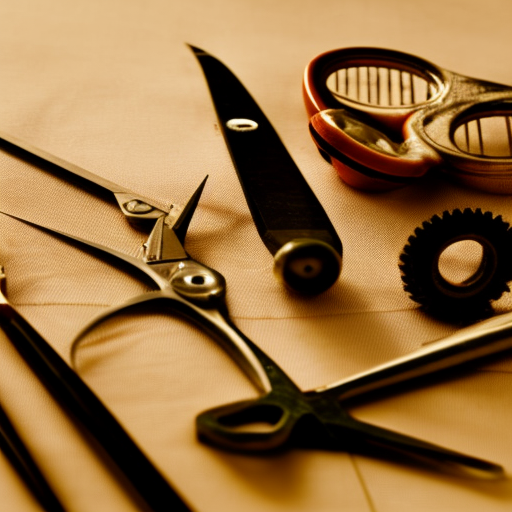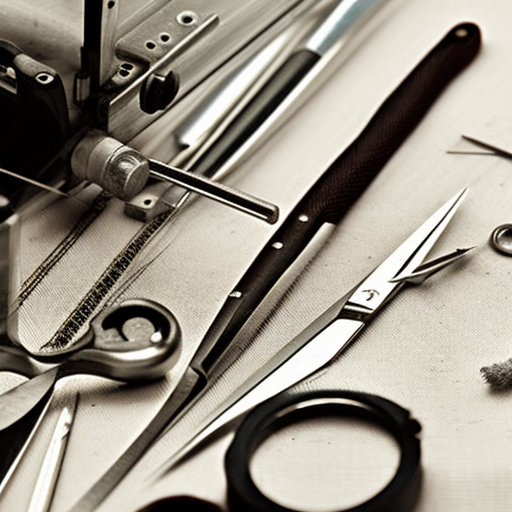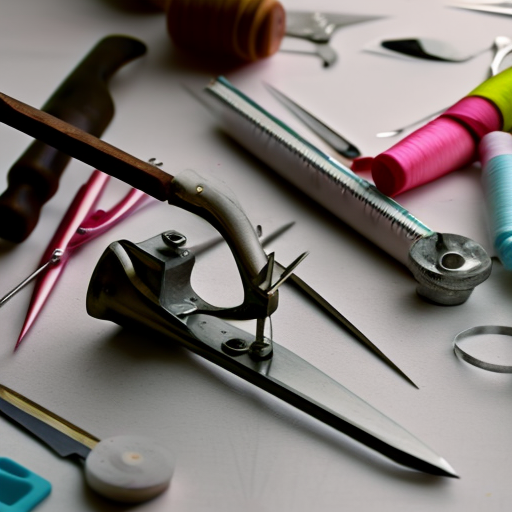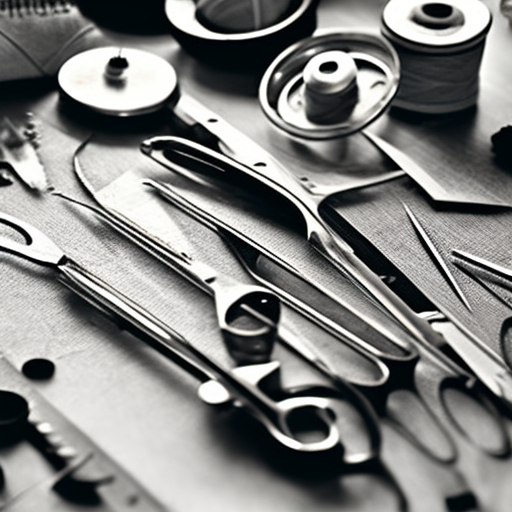: The Essential Guide
Sewing has been a popular craft for centuries, dating back to ancient civilizations. From creating garments to home decor, sewing allows us to express our creativity and make something with our own hands. But in order to sew, you need the right tools, materials, and equipment. In this guide, we’ll take a closer look at the essential sewing tools, materials, and equipment needed for any sewing project.
Sewing Tools
The basic sewing tools include needles, pins, scissors, and measuring tools. Needles come in different sizes and types depending on the fabric and type of stitching you are doing. Pins are used to hold the fabric in place and come in different lengths and styles as well. Scissors are perhaps the most important tool, as they are used to cut your fabric, thread, and any other materials needed for your project. Measuring tools such as tape measures and rulers are also necessary for accurate cutting and sewing.
Sewing Materials
Fabric is the most important material in sewing. It comes in a variety of types, including cotton, linen, silk, and polyester. Each type has its own unique characteristics and is suitable for different types of projects. When starting a sewing project, you’ll also need thread, which can be made of cotton, polyester, or silk. Matching the thread color to your fabric is important for a polished finish. Other materials that may be needed include zippers, buttons, snaps, and interfacing to add structure to your garments.
Sewing Equipment
In addition to tools and materials, certain equipment is essential for sewing. A sewing machine is perhaps the most important, as it allows for faster and more precise stitching. When purchasing a sewing machine, consider the type of projects you will be doing and choose one with the appropriate features. Another important piece of equipment is an iron and ironing board. Ironing your fabric before and during sewing ensures a professional finish.
Specialty Tools and Materials
Besides the basic sewing tools and materials, there are also specialized tools and materials that can take your sewing projects to the next level. Seam rippers, for example, are used to remove stitching and correct mistakes. Rotary cutters allow for more precise and efficient cutting of fabric. Embroidery needles and floss can be used to add decorative stitching to garments. And fabric markers and tracing paper are helpful for transferring patterns onto your fabric.
Organizing Your Sewing Supplies
With so many tools, materials, and equipment, it’s important to stay organized when it comes to sewing. A sewing box or basket is a great way to store and transport your tools and materials. You can also use clear storage containers to keep items easily visible and sorted by type. Labeling your supplies can also save time and prevent frustration when searching for a specific item.
Final Thoughts
Sewing can be a fulfilling and enjoyable hobby, but it’s important to have the right tools, materials, and equipment to make the process smoother and your projects more successful. With this guide, you now have a better understanding of the essential sewing tools, materials, and equipment needed for any sewing project. So gather your supplies, unleash your creativity, and start sewing!





Absolutely essential knowledge for any person wanting to learn how to sew! Sounds like a great resource!
Perfect for any beginner sewers!
I love this post – it’s so helpful for those of us just starting out on our sewing journey. It’s great to know which materials and supplies are important and which tools and equipment are necessary to get the job done. This post really sets everything out nicely!